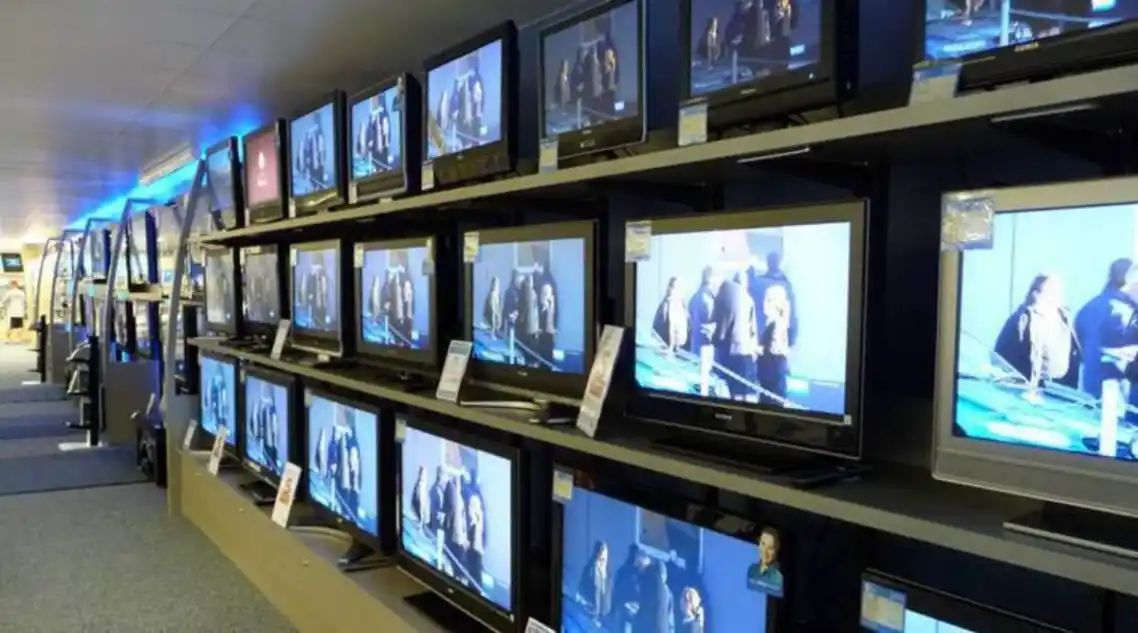
The “Guidelines for Uplinking and Downlinking of Television Stations in India, 2022” have been adopted by the Union Cabinet, and they make it mandatory for channels to broadcast content of national and public interest.
Channels will have time to conceptualise and produce such material, according to Ministry of Information & Broadcasting officials, even though the guidelines go into force on November 9.
According to the new regulations, channels have been given eight themes for the creation of content for “public service and national interest” content, which must be telecast for at least 30 minutes each day. The government’s justification for the change is that because airwaves are public property, they must be used for the good of society.
‘As airwaves/ frequencies are public property and need to be used in the best interest of the society, a company/LLP having permission under these guidelines for uplinking a channel and its downlinking in India (other than foreign channels only downlinked in India) may undertake public service broadcasting for a minimum period of 30 minutes in a day on themes of national importance and of social relevance, including… (i) education and spread of literacy; (ii) agriculture and rural development; (iii) health and family welfare; (iv) science and technology; (v) welfare of women; (vi) welfare of the weaker sections of the society; (vii) protection of environment and of cultural heritage; and (viii) national integration,’ stated the policy guidelines document.
I&B Secretary Apurva Chandra stated, “We will shortly be providing a particular advise pertaining to the time slot for the airing of such content and the date of implementation.” She had consulted with broadcasters and other stakeholders.
Once in place, the Ministry will check the channels for this type of content, he claimed, and if someone is discovered to be in violation, an explanation will be requested.
Officials stated that the restriction applies to all channels, with the exception of those that are specifically listed as exempt, and that a thorough advise in this respect will be released soon.
According to the guidelines, the obligation will be waived for several categories where it might not be possible. Except in cases where it may not be possible, such as in the case of sports channels, etc., it states that “The channels may… suitably adjust their material to achieve the requirement.”
In addition to live telecast in the case of sports networks, officials stated exemption may also apply to foreign and wildlife stations. The guidelines state that the government will occasionally give general advisories to the channels for the airing of programming in the public interest.
In addition, TV channels uplinking in frequency bands other than C-band are required to encrypt their signals. The new instructions said that the application “must be subject to clearance and approval by the Ministry of Home Affairs, and wherever thought required, of other authorities,” for the uplinking and downlinking of a satellite TV station.
The guidelines make it easier for TV channels to comply with regulations in a number of other areas, including temporary uplinking of a live event and no prior permission required (only registration) for live telecast of events. They also permit Indian teleports to uplink foreign channels.
According to officials, broadcast corporations would be permitted to uplink international channels from Indian teleports, creating job possibilities and turning India into a hub for other nations’ teleports.
A news agency may now request approval for a term of five years rather than just one year under the new rules.
According to officials, the penalty clauses have also been rationalised, and distinct penalties for various types of violations have been suggested as opposed to the standard penalty that is currently in place.










